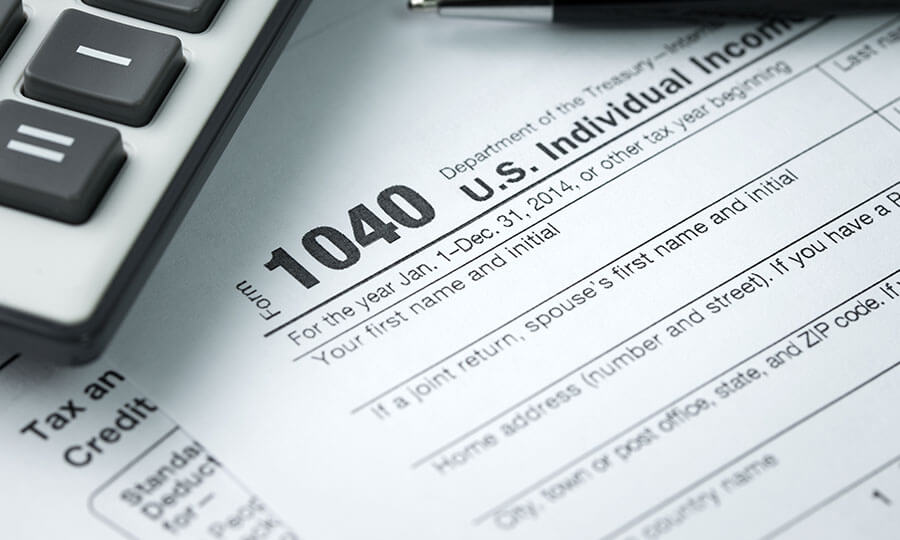If you owe taxes to the IRS and can’t pay the full amount, it’s important not to panic. Tax debt is a serious issue, but it’s one that can be resolved with the right approach and a clear plan. Ignoring the problem won’t make it go away; in fact, it will likely make things worse. At PJN Tax Solutions we spend all day every day dealing with tax debt. Here’s what you should do right away to tackle your tax debt head-on and avoid further complications.
Step 1: Don’t Ignore IRS Notices
The first step is to open and carefully read any correspondence you receive from the IRS. These notices will detail the amount you owe, including penalties and interest, and provide deadlines for action. Ignoring these letters can result in escalated collection efforts, such as wage garnishments, bank levies, or tax liens.
Step 2: Assess Your Financial Situation
Before taking any action, take a close look at your finances. Ask yourself:
- How much can I realistically afford to pay right now?
- Are there any assets I could sell or liquidate to cover the debt?
- What are my monthly income and essential expenses?
Understanding your financial position is crucial for determining which resolution options are viable for you. Keep in mind that the IRS will also request this information if you negotiate a payment plan or other arrangement.
Step 3: File Your Tax Returns
If you have unfiled tax returns, file them as soon as possible. The IRS requires all past-due returns to be filed before it will consider any resolution options. Additionally, filing can help you avoid additional penalties for failure to file, which can add up quickly.
Even if you can’t pay what you owe, filing your tax return shows good faith and may prevent the IRS from escalating collection actions.
Step 4: Explore Payment Options
The IRS understands that not everyone can pay their tax debt in full immediately. That’s why they offer several payment options designed to make it easier for taxpayers to meet their obligations. Here are some of the most common options:
Installment Agreements
An installment agreement allows you to pay your tax debt over time through manageable monthly payments. There are two main types:
- Short-Term Payment Plans: For debts that can be paid off within 180 days.
- Long-Term Payment Plans: For larger debts requiring extended repayment periods.
Both options require you to provide detailed financial information to the IRS, including income, expenses, and assets.
Offer in Compromise (OIC)
An Offer in Compromise allows you to settle your tax debt for less than the full amount owed. This option is typically available to taxpayers who can demonstrate that paying the full amount would cause financial hardship.
While an OIC can be an excellent solution for eligible taxpayers, it’s important to note that the application process is complex. Working with a tax resolution professional can significantly improve your chances of approval.
Temporary Delay in Collection
If you’re experiencing extreme financial hardship, the IRS may temporarily delay collection efforts. While this doesn’t erase your debt, it provides breathing room to get your finances in order.
Step 5: Communicate with the IRS
Proactively communicating with the IRS can prevent your situation from escalating. Reach out to discuss your options and let them know if you’re unable to pay in full. Be honest and cooperative; the IRS is more likely to work with you if you demonstrate good faith.
If the idea of speaking with the IRS feels intimidating, consider hiring a tax resolution professional to represent you. This ensures that your rights are protected and that you have an experienced advocate handling the process on your behalf.
Step 6: Avoid Additional Penalties
Failing to address your tax debt can result in additional penalties and interest, which increase the total amount you owe. To avoid further financial strain:
- Pay What You Can: Even partial payments can reduce your debt and limit interest accrual.
- Stay Current: File all future tax returns on time and pay any new taxes owed promptly.
Step 7: Protect Your Assets
If your tax debt remains unresolved, the IRS may take enforcement actions, such as filing a tax lien, garnishing your wages, or seizing your bank accounts. To protect your assets, address your tax debt as soon as possible and consider professional help.
Step 8: Seek Professional Assistance
Dealing with tax debt can be overwhelming, but you don’t have to face it alone. A tax resolution professional can:
- Analyze Your Situation: Evaluate your financial circumstances and determine the best course of action.
- Negotiate with the IRS: Secure a payment plan or settlement that works for you.
- Ensure Compliance: Help you file all required returns and stay on track moving forward.
Hiring a professional not only saves you time and stress but also increases your chances of a successful resolution.
Conclusion
If you’re struggling to pay your tax debt, taking prompt and informed action is essential. By understanding your options, communicating with the IRS, and seeking professional assistance, you can resolve your tax issues and move forward with confidence.
Remember, you don’t have to navigate this process alone. At PJN Tax Solutions, we’re here to help you every step of the way. Call us to take the first step toward financial freedom today.

